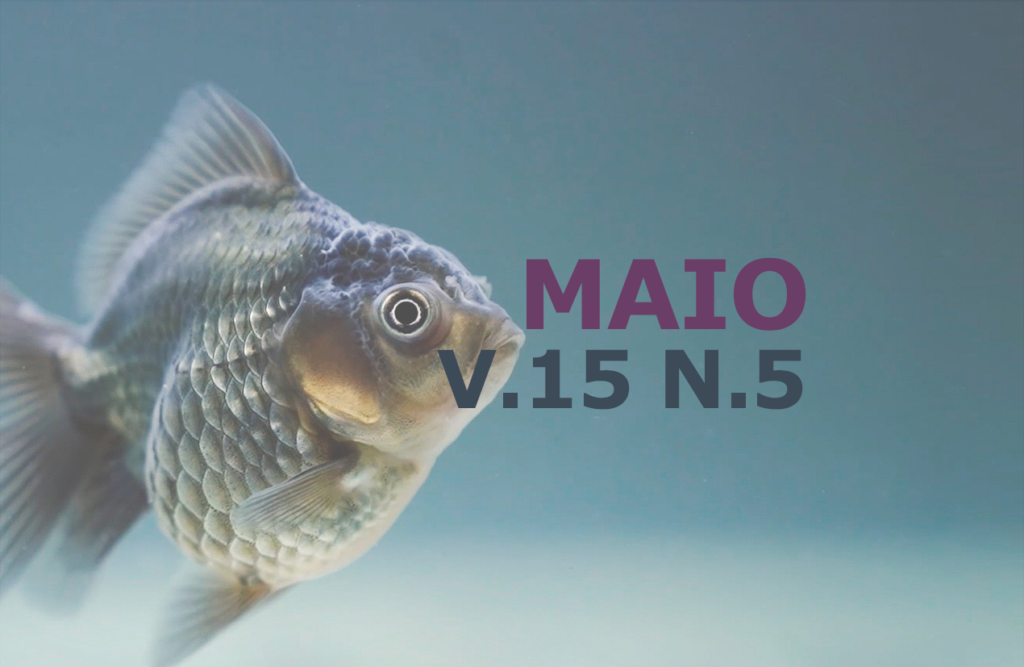Congenital megaesophagus in a dog
DOI:
https://doi.org/10.31533/pubvet.v15n05a812.1-6Keywords:
Esophageal dilation, puppy, pinscher, regurgitationAbstract
Megaesophagus is characterized by esophageal hypomotility associated with total or partial organ distension, which can be classified as congenital, acquired idiopathic, or acquired secondary. The pathogenesis of the congenital form is not well elucidated. However, the main clinical signs are reported after weaning with regurgitation, a delay in the puppy development and in the most severe cases, complications as aspiration pneumonia. The diagnosis is based on anamnesis, clinical examination, radiographs (simple and contrasted) and exclusion of secondary causes. Treatmentis based on nutrition management and resolution of secondary complications. Tthis paper aims to report the unusual case of a five-month-old pinscher dog, with signs of apathy, voracious appetite, regurgitation initiated after weaning and progressive weight loss. Due to the alterations simple and contrasted radiographs were performed, which showed megaesophagus. After excluding secondary causes, the diagnosis of congenital megaesophagus was confirmed. Therefore, food management was carried out to maintain caloric intake, with a pasty diet, five times a day, with the patient kept in a bipedal position during and after feeding. The patient showed a significant improvement in body score and reduced regurgitation.
Downloads
Published
Issue
Section
License
Copyright (c) 2021 Tainá Minuzzo, Flávio Shigueru Jojima, Luciana Wolfran, Solimar Dutra da Silveira, Camila Francisca Batschke, Fernanda de Lima Correa, Leticia Maria de Almeida Santos

This work is licensed under a Creative Commons Attribution 4.0 International License.
Você tem o direito de:
Compartilhar — copiar e redistribuir o material em qualquer suporte ou formato
Adaptar — remixar, transformar, e criar a partir do material para qualquer fim, mesmo que comercial.
O licenciante não pode revogar estes direitos desde que você respeite os termos da licença. De acordo com os termos seguintes:
Atribuição
— Você deve dar o crédito apropriado, prover um link para a licença e indicar se mudanças foram feitas. Você deve fazê-lo em qualquer circunstância razoável, mas de nenhuma maneira que sugira que o licenciante apoia você ou o seu uso. Sem restrições adicionais
— Você não pode aplicar termos jurídicos ou medidas de caráter tecnológico que restrinjam legalmente outros de fazerem algo que a licença permita.





